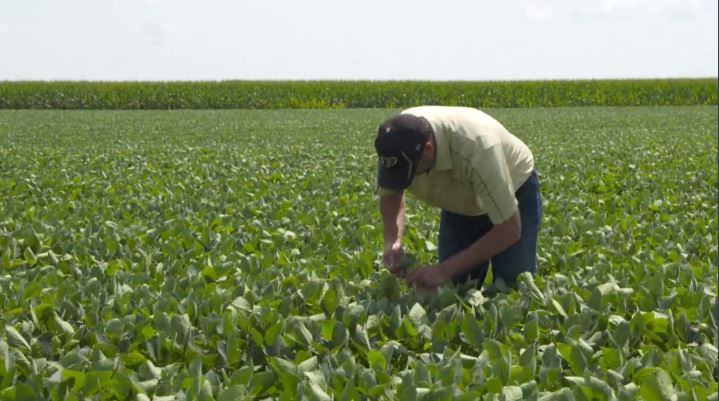Armyworm Moths On The March
Armyworm moths are setting records in Kentucky, but is that reason for concern?
At the end of April, the number of armyworm moths captured in the University of Kentucky-Integrated Pest Management (UK-IPM) pheromone trap system set record levels. This could set up the potential for large enough numbers of armyworms to emerge in the weeks ahead to cause crop damage.
For the week ending April 25, capture of moths in the Princeton, KY trap increased to 600 moths per trap-week, says Doug Johnson, UK Extension entomologist. This is a larger peak than in any first generation flight since UK-IPM has been keeping records, and a substantially larger number than in the outbreak years of 2001 and 2006.
Capture in the UK-IPM traps in Lexington for the same week also drastically increased. In fact, the increase over the previous week is much larger in Lexington, from 27 to 660 moths per trap-week, than in Princeton, which was up from 322 to 600 moths per trap-week, though Princeton has the larger total number captured over time.
"It is difficult to know what this means for central Kentucky as we do not have a historic set of data," Johnson says. "We only have last year with which to compare. Certainly the current 2008 captures are much larger than the first generation in 2007."
Johnson says the high counts are no reason to overreact.
"This is an early warning, not a prediction of catastrophe," he says. "I cannot tell you if the moth flight will result in a large population of caterpillars. There are many other factors, particularly disease, predation, and parasitism that impact how well the eggs and caterpillars will survive. Nevertheless, I do think that we are at an increased risk of economically important infestations compared to most years." He recommends that the state’s growers scout their grass crops.
Armyworms, or true armyworms as this species is commonly called, occasionally occur in large enough numbers in the springtime to cause damage to corn, pastures, hay, and small grains. Armyworms generally appear in Kentucky in mid-May through June.






